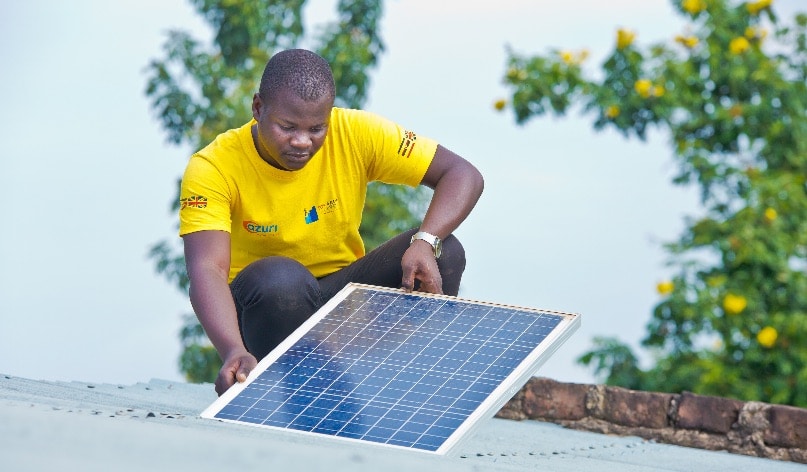Africa possesses the world’s most abundant solar resources, yet 43% of its population (approximately 600 million people) still lack stable electricity. To achieve the African Union’s 2030 universal electrification goal, annual investments of $25 billion are required—a target overshadowed by a massive funding gap. While Egypt, Morocco, and South Africa lead Africa’s solar development, outdated grids, imbalanced investment structures, and local technological shortages remain critical challenges. If these bottlenecks are overcome, Africa could achieve 65% renewable energy penetration by 2035 and 95% by 2050, positioning itself as a global clean energy hub.
Africa’s solar potential is unparalleled. Data from the International Renewable Energy Agency (IRENA) reveals an average annual solar irradiance of 2,119 kWh/m² across the continent, surpassing all other regions globally. Fully developed, Africa could generate 60 million TWh of electricity annually—40% of the global total.
Current Barriers:
Despite this potential, solar accounts for only 1% of Africa’s electricity, hindered by:
- Infrastructure Deficits: Aging grids struggle to deliver solar power to end-users.
- Funding Shortfalls: Annual renewable energy investments (200 billion.
- Policy Instability: Weak renewable incentives in some nations deter investor confidence.
Progress & Case Studies:
Recent momentum in solar projects highlights breakthroughs:
- Morocco: The 580MW Ouarzazate Solar Plant aims to add 4,560MW capacity by 2030.
- South Africa: The Kenhardt Solar+Storage Project (540MW) pioneers 1,140MWh battery storage for 24/7 power supply.
- Egypt: The Benban Solar Park (targeting 1.8GW) reduces CO₂ emissions by 2 million tons annually.
Three Critical Challenges & Solutions:
- Grid Bottlenecks:
- Issue: Aging transmission lines (e.g., South Africa) limit solar distribution.
- Solution: Build smart grids and upgrade transmission networks.
- Investment Imbalance:
- Issue: Fossil fuels receive 64% of Africa’s energy funding.
- Solution: Redirect capital via green bonds, government-guaranteed loans, and private equity.
- Skills Gap:
- Issue: Reliance on foreign engineers stifles local capacity.
- Solution: Establish vocational training institutions for homegrown talent.
Future Pathways:
Africa’s solar sector could dominate global renewables by addressing:
- Policy Reform: Implement stable incentives (tax breaks, subsidies, carbon trading).
- Grid Modernization: Develop cross-border smart grids and regional interconnections.
- Local Investment: Mobilize African sovereign wealth funds and institutional capital.
- Tech Innovation: Scale up storage solutions (e.g., Kenhardt’s 1,140MWh system).
- Regional Collaboration: Leverage the African Continental Free Trade Area (AfCFTA) to accelerate projects.
New Energy Africa Perspective:
Africa’s solar industry stands at a historic inflection point. By resolving grid constraints, rebalancing investments, and nurturing local expertise, the continent could emerge as the epicenter of the global energy transition within a decade. Success hinges on trilateral collaboration between investors, governments, and local enterprises to seize this golden opportunity—propelling Africa toward a sustainable, electrified future.



